Dragon
The dragons in Toriel are different from what a person might imagine in many ways. These majestic creatures are immortal, at least they do not fear the passage of time, but an injury can be fatal.
They are an ancient race, but unfortunately, few representatives still exist, so ancient that they were among the first creatures to populate Toriel, their lineage so old that their influence changed the shape of this world, even before the great war against the giants.
The last representatives of this species live hidden in their dens, or change into humanoid forms, blending into our society.
Culture
In a time long past, metallic, chromatic, and gem dragons coexisted without clear divisions based on their physical distinctions. However, the Draco-Giant War took a devastating toll on both giants and dragons, leading to a pivotal moment in their history. As the conflict raged on, a division emerged within the dragon ranks, creating three distinct factions: The Pro-War Faction: This faction comprised dragons who wished to press on with the war. Despite the heavy losses suffered by their kind, they believed that victory was within reach and were determined to achieve it. The Peace Faction: Some dragons grew weary of the ongoing conflict and the needless loss of life. This faction advocated for an immediate settlement to prevent further bloodshed. The Neutral Faction: Not all dragons took sides in this ideological struggle, preferring to remain uninvolved in the debate between the Pro-War and Peace factions. In the end, the Pro-War faction emerged victorious, despite the heavy toll on the dragon population. Even though the Draco-Giant War has ended, the three factions among the dragons persist to this day.Characteristics
Physical features
Biology
Dragons are inherently magical beings, and in no case should dragons be considered reptiles, despite obvious similarities such as a scaled epidermis and reproduction by laying eggs. In fact, they are more akin to feline creatures than reptiles, particularly in regards to their posture and movements, as well as being inherently warm-blooded and an eye composition similar to felines, although far more complex. A good example of this is the placement of the legs: dragons also tend to place their rear foot where their front foot was previously, much like most stalking feline predators.Diet
All dragons are omnivorous and can eat almost anything, thanks to their innate elemental nature that allows them to consume and digest all sorts of food, including substances that don't qualify as food to other living creatures. Most dragons prefer a carnivorous diet, but a few of them have developed unique dietary habits. Metallic dragons, for instance, prefer to eat primarily inorganic fare. Most dragons usually consume half their own weight in meat every day. Dragons seldom get fat, as their bodies convert all the eaten food into elemental energy, storing it for later use. Much of this stored energy is expended using their breath weapons and when their bodies change because of them advancing in age. When eating inorganic materials, dragons need to eat as much as their own body weight per day to maintain healthy bodies. In some instances, dragons also eat Magic items. These instances are rare however. While dragons can "inherit" the magical properties of some magic items for a day or so, and as such this would have some tactical value, few dragons resort to do such a thing unless they are starving to the point of Death.Reproduction
The number of eggs a dragon laid each brood depended on its race, but was usually low, between one and three. Thanks to their shape-shifting, dragons could also cross-breed with virtually any other creature, creating a half-dragon. The most commonly heard of were in the humanoid races, particularly with Human and Elves. Any combination was possible, however, even with devils or angels. Dragon's eggs are highly prized by both dragons and humanoids alike for their unique properties. The eggshell is made of a material of a material akin to the parents kind, and akin to a colored wood for chromatic dragons, this wood is called Wizardwood by humanoids, and is incredibly durable and resistant to the dragon's element. When a dragon hatches from its egg, it will eat the shell, digesting it and gaining a portion of the memories and knowledge of its parents. This process is known as "inheritance" and is considered a sacred ritual among dragonkind. As a result, dragon's eggs and the wizardwood they are made of are highly valued, both for their practical uses and for the knowledge they contain. However, obtaining a dragon's egg is not an easy task, as dragons fiercely guard their eggs and will defend them with their lives. This memory can include information about their lair and treasure hoard. As a result, some adult dragons hunt for the eggs of their kin in order to gain access to this valuable knowledge and gain an advantage over their rivals.Senses
As for their senses, which vary slightly depending on the species, dragons are superior in most ways to other creatures - like any predator, they have exceptionally acute senses, which only increase with age. Dragons have excellent depth perception and comparably good peripheral vision, able to see twice as well as a human in daylight; they have great night vision, and are able to see even when conditions have no light to offer, though not in color. Dragons can also pick up scents very well, utilizing both their sensitive nose and forked tongue, much like a snake. Their hearing is on par with human hearing, although their minds can filter what noise they hear. Dragon taste is also refined, although they do not respond well to sweet flavors, and most dragons do not discuss why. They are able to eat almost everything, but each race has a preferred diet; some prefer flesh, others to eat precious metals or gems, and so forth. Of all its senses, a dragon's sense of touch is the only one to decrease with age, due mostly to the development of thick, hard scales. Dragons are capable of blindsense, the sense in which eyes, ears, and other senses are used to detect invisible persons or objects.Abilities
Never steal from a living red dragon's treasure hoard. Dragons become stronger as they grow older; they also become larger, more resistant to damages and magic, have a more dangerous breath, and a great deal of other enhanced aspects. Older dragons can cast draconic magic, such as spells with just a few words, and oftentimes they don't need long and complex rituals involving words, gestures, and components like other wizards, and they radiate a mystical fear aura around themselves. After a millennium or two, a dragon reaches its maximum development. All dragons have some innate magical abilities, but they vary from race to race. Metallic dragons are often able to shapechange into small animals or human forms, and use this ability to secretly help or watch over humans. Dragons also have some innate powers upon the element they are linked to. For example, a red dragon, who breathes fire, has some control over flame.Subraces
Chromatic Dragon
Chromatic dragons are a type of dragon distinguished typically by a solid, non-reflective coloring of their scales, hence the name. Under the influence of Tiamat, the god of chromatic dragon whom they regard as their queen.Metallic Dragon
Metallic dragons are a type of dragon distinguished typically by the color and composition of their scales, that was like that of various metals, hence the name. Despite their relatively benign nature, metallic dragons are also aggressive when threatened or challenged. Their god, Bahamut whom they regard as their king is a platinum dragon, a unique subspecies of metalic dragon.Gem Dragon
Gem dragons are a type of dragon with crystalline scales. They are aloof, solitary, and self-centered. The gem dragon also possess a dragon god: Sardior whom is a ruby dragon, a unique subspecies of gem dragon.Shadow Dragon
Shadow dragons, occasionally referred to as twilight dragons, come into existence when a dragon's soul becomes bound to a lower plane, which may include the Shadowfel. This binding can occur through various means, such as contractual agreements or manipulation of dragon eggs. Shadow dragon feed vampirically on all forms of energy.
EXTINCT
General Information
Scientific name
Draconis
Geographic Distribution
/
Languages
Draconic
Physiologie
Average Lifespan
Immortal
Size
Gargantuan
Others

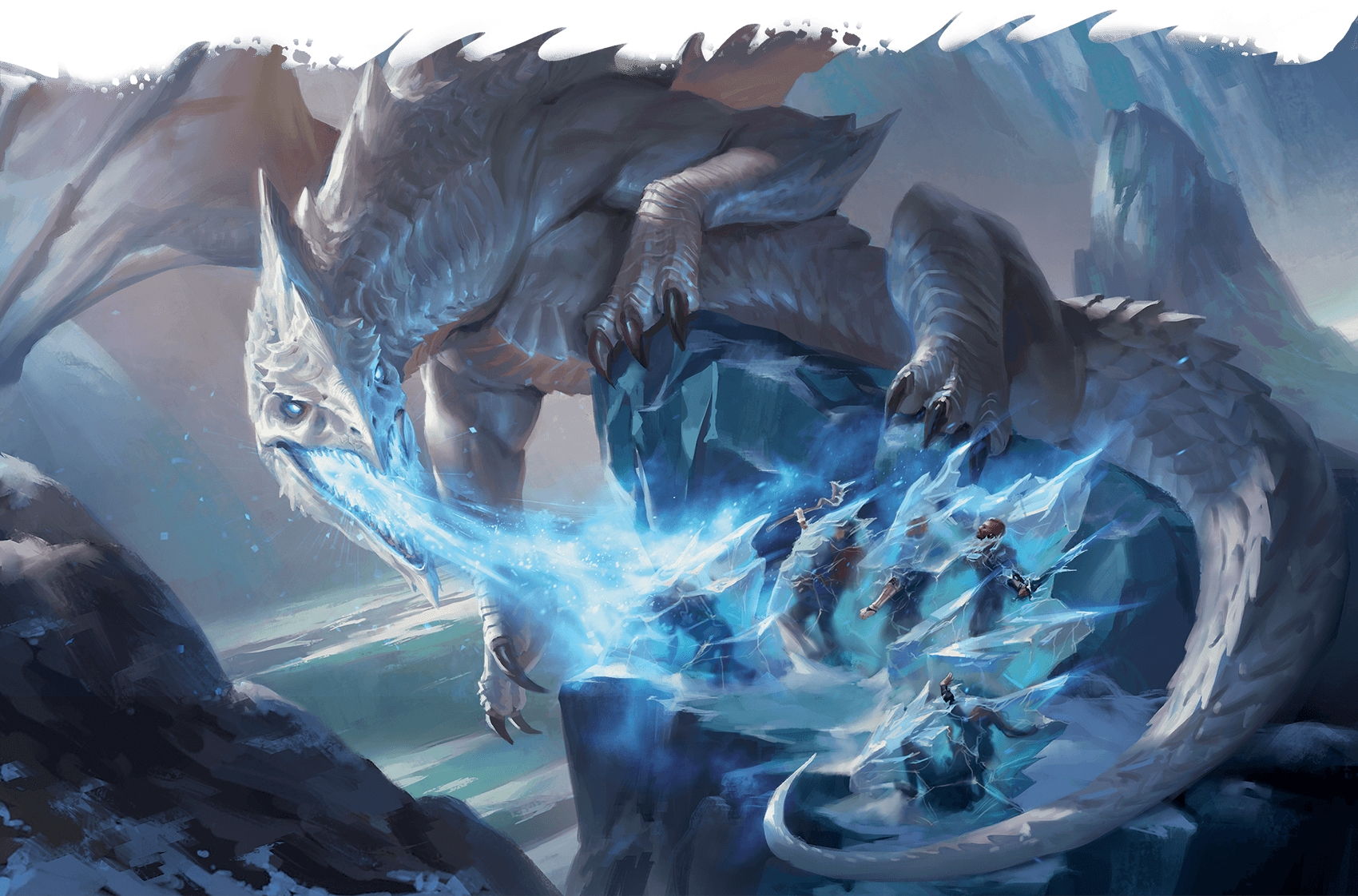



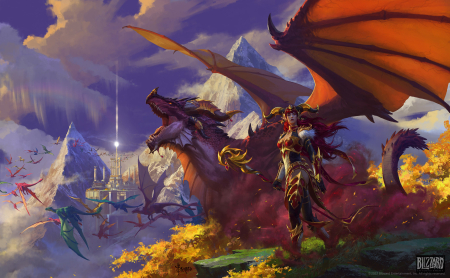
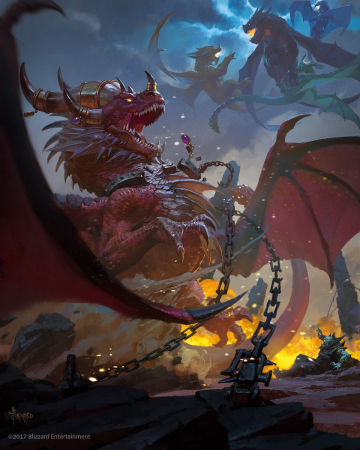

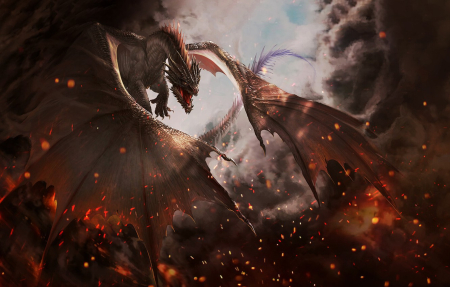


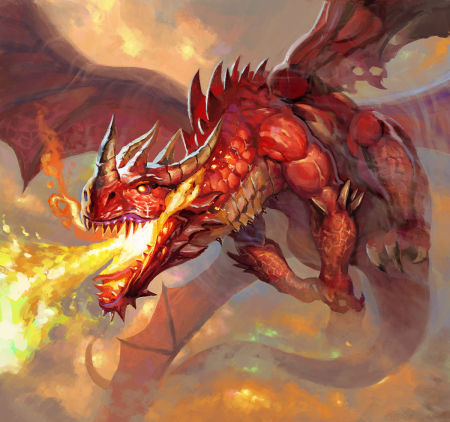


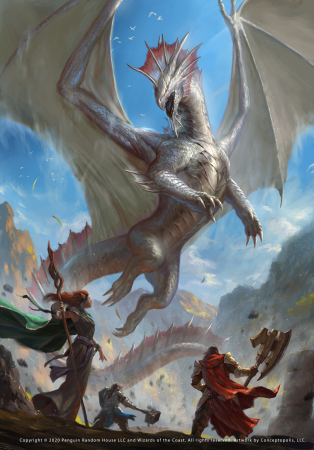
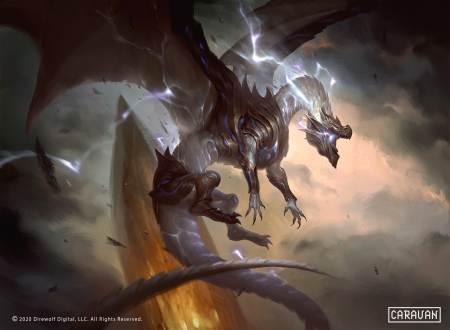


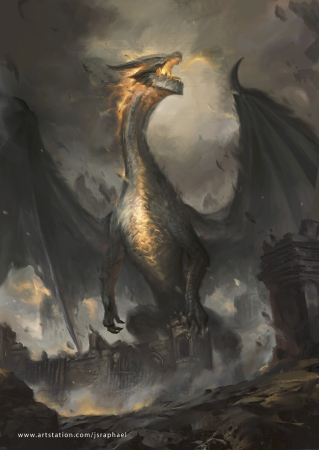

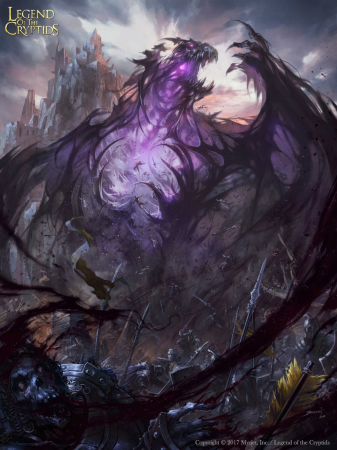

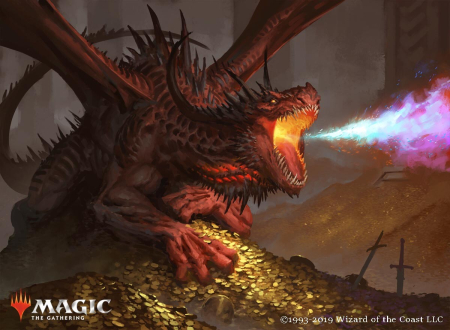
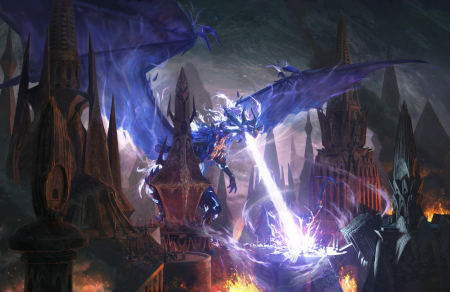


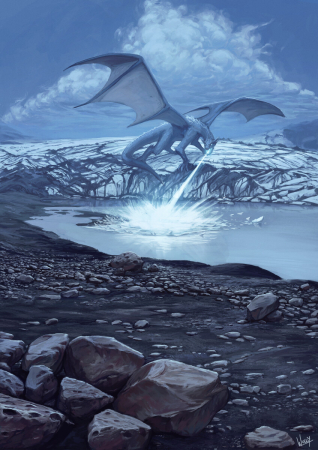

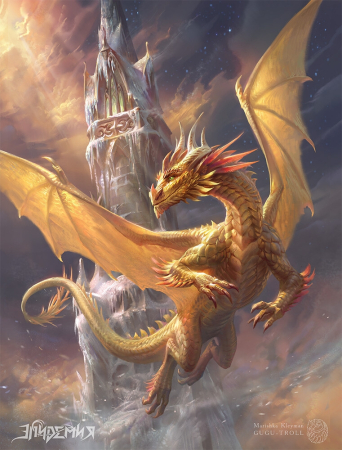

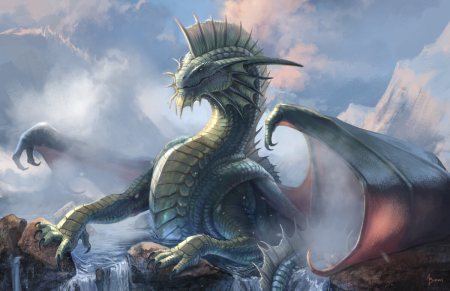
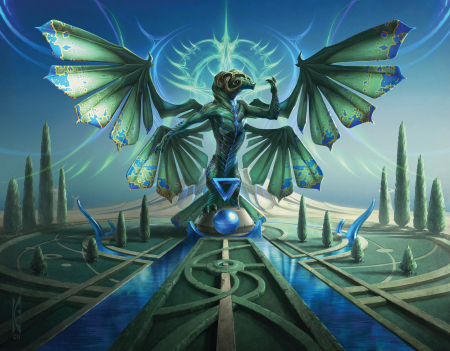

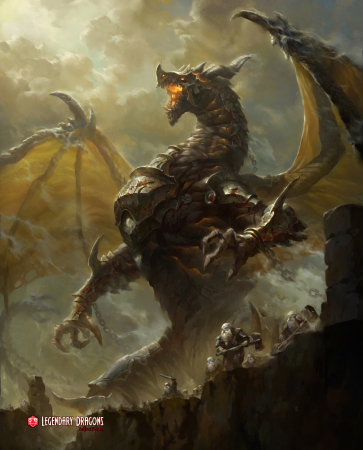
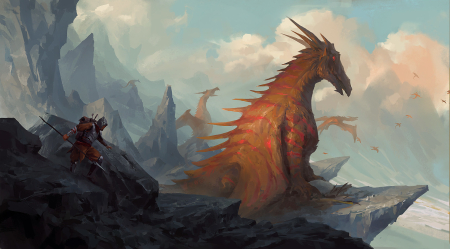



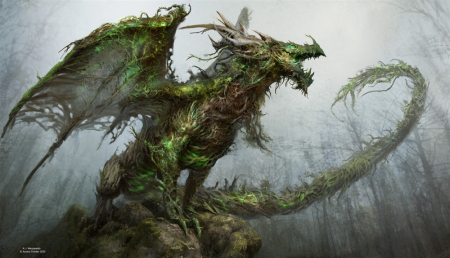
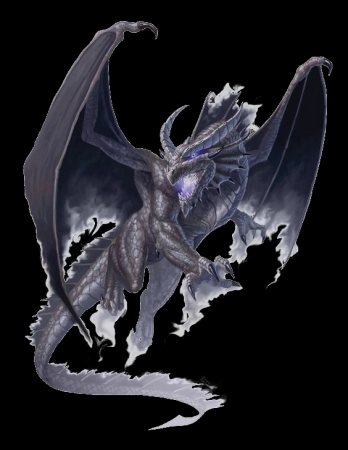
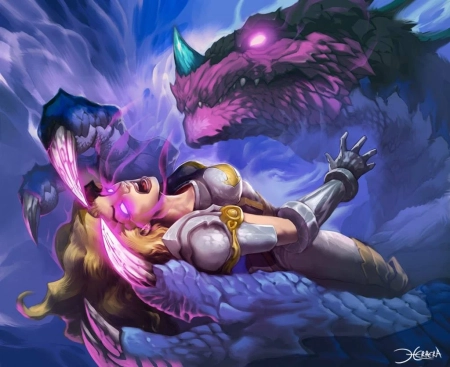


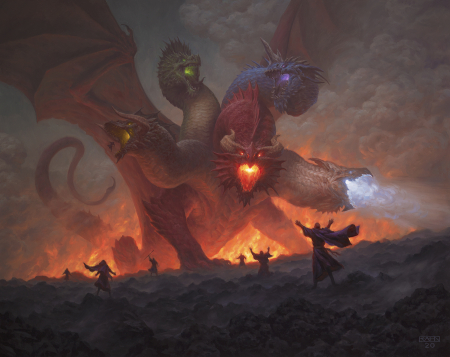


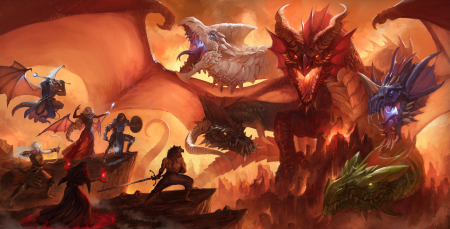

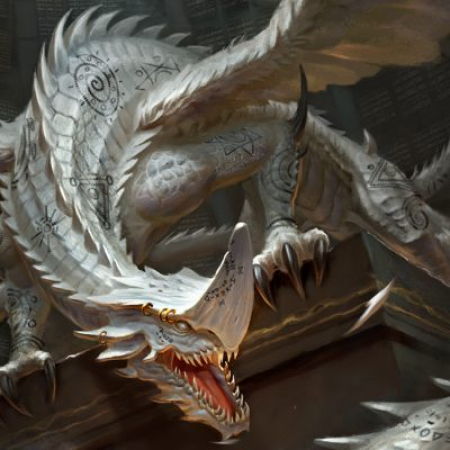


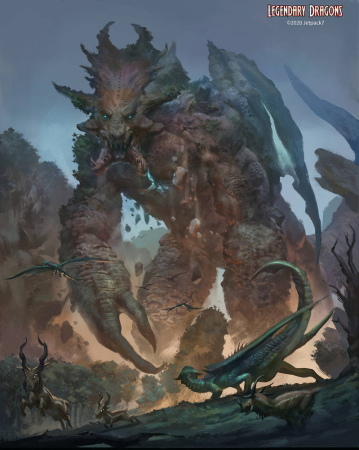
Comments